In the manufacturing of personal oral care devices, charging failure and tank odor may appear to be unrelated issues. However, recent field reports and internal quality audits reveal a surprising correlation—especially in water flossers and multifunctional electric devices. These two symptoms often occur simultaneously, signaling a deeper systemic flaw in device design or material interaction.
One of the primary causes linking charging failure and tank odor is moisture ingress. When the sealing integrity between the tank and the electrical housing is compromised—even slightly—water vapor can penetrate into the internal circuitry. This results in:
In many cases, a user may notice an unpleasant smell from the tank just days before the device fails to recharge—a subtle but telling warning.
Another contributing factor lies in subpar material selection. Low-grade plastics used in the tank or inner components can leach chemicals when exposed to repeated moisture and temperature fluctuations. These materials:
Thus, a single mistake in resin sourcing or molding standards can trigger both hygiene and hardware issues. Company web:https://www.powsmart.com/product/electric-toothbrush/
In well-engineered devices, fluid-containing parts and charging components are hermetically separated. However, in cost-sensitive models, design shortcuts can lead to:
These oversights significantly increase the chance of charging failure and persistent tank odor developing together over time.
Beyond engineering, user habits play a critical role. When consumers:
…the likelihood of joint failures rises. Many users report noticing charging errors immediately after a prolonged period of storage with water left inside the tank—conditions perfect for microbial growth and internal damage.
To avoid these issues and protect brand reputation, OEM manufacturers should:
Routine audits during production and post-assembly simulation testing under high humidity conditions can expose vulnerabilities early.
For private-label and ODM brands, proactively solving the link between charging failure and tank odor becomes a competitive edge. Consider:
The coincidence of charging failure and tank odor is not random—it signals a failure in moisture management, material strategy, or compartmental design. For manufacturers, it’s an opportunity to re-evaluate product architecture and align quality standards with consumer expectations.
Let us help you engineer smarter water flosser systems that stay fresh—and fully functional. Conatact us
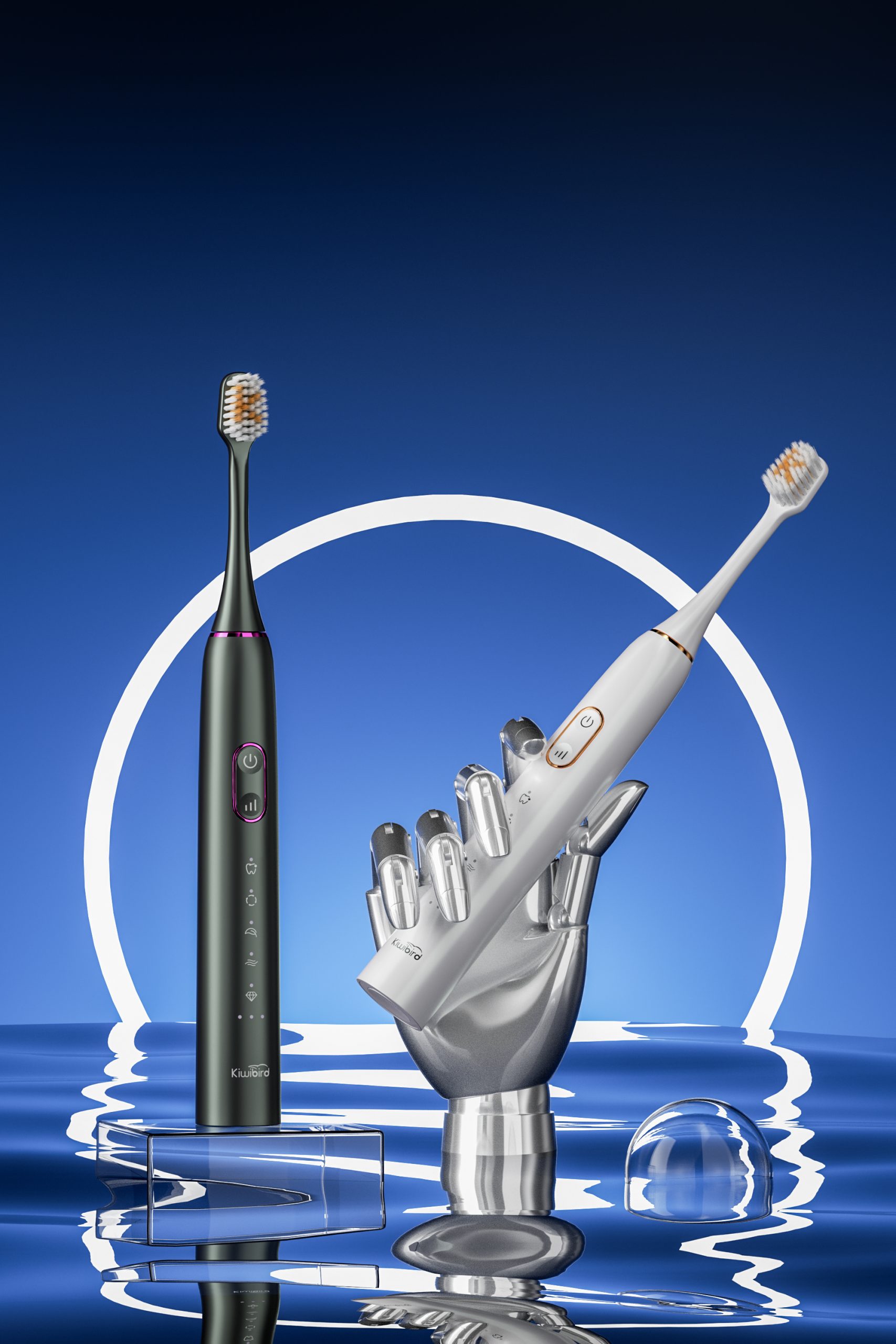
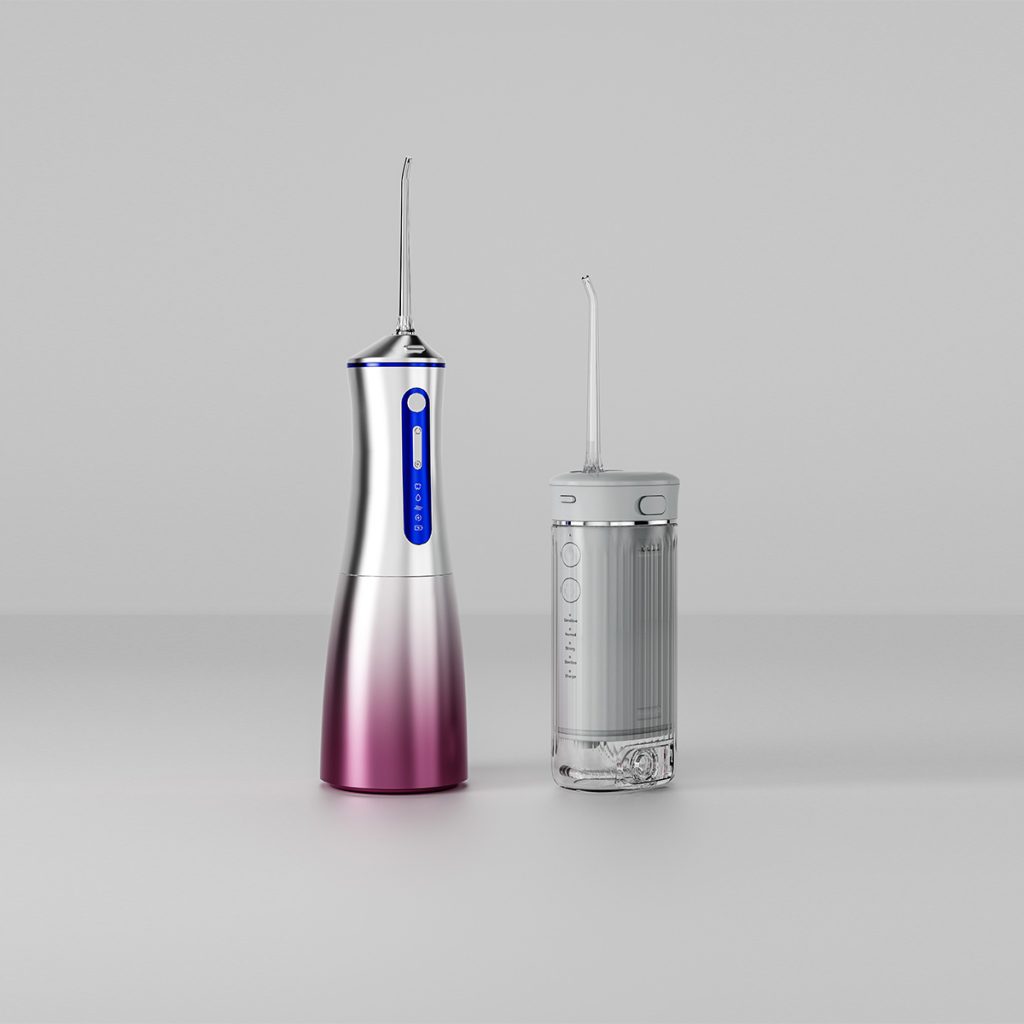

Kids Water Flosser Age Guide: When to Introduce and How to OEM the Right Product
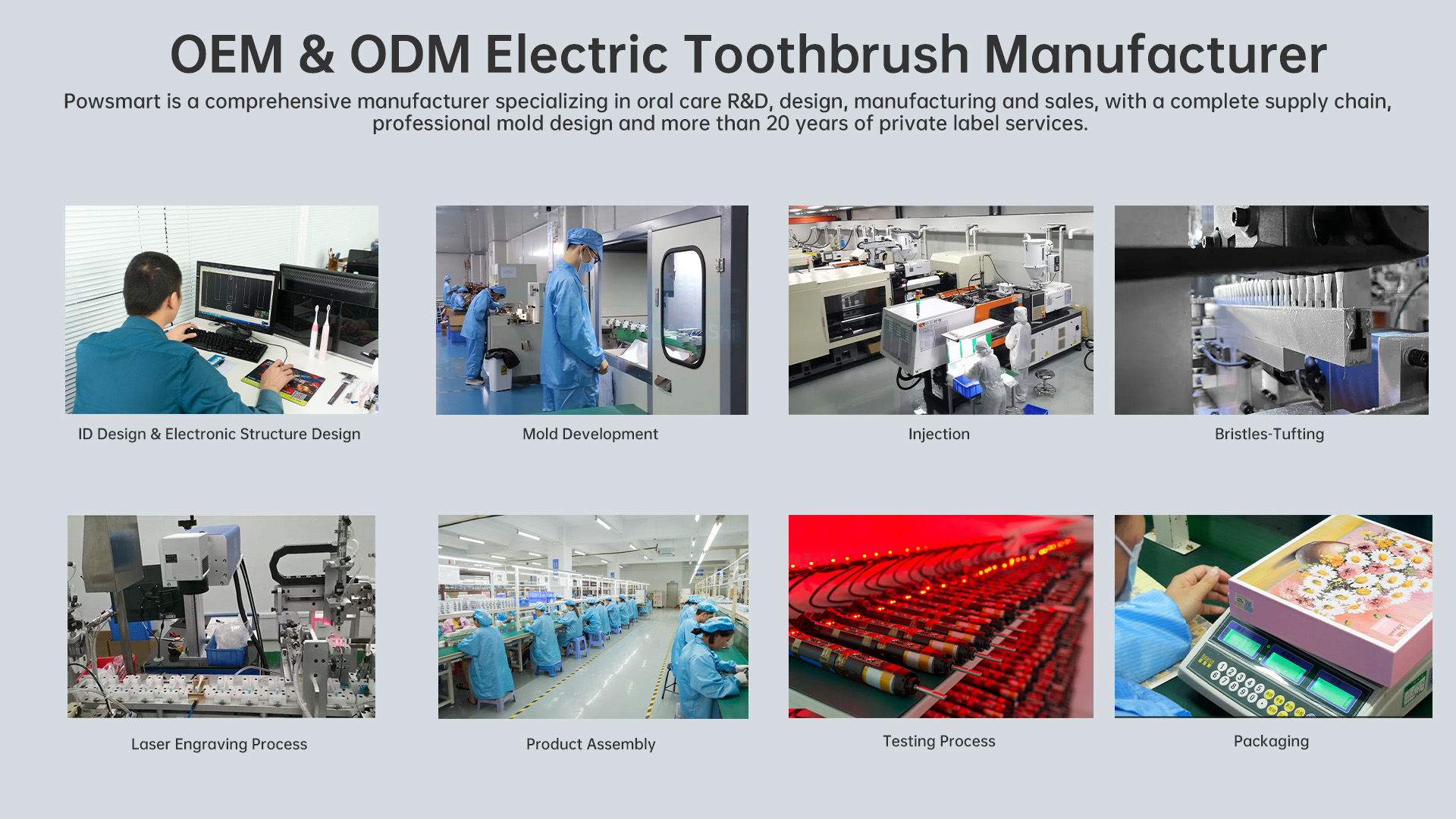
Meeting the Demand for Advanced Oral Hygiene – Points of view from Innovative Water Flosser Supplier
Are Runtime Drop and Thermal Failure Related?
.jpg)
Wholesale Smart Toothbrushes: Best Bulk Deals for Retailers
.jpg)
Navigating Electric Toothbrush Import Regulations?

Does POWSMART Sonic Brush OEM Pose Overheating Risks?
How to Use an Electric Toothbrush Properly for Maximum Oral Hygiene

How to Choose the Right Manufacturer Before Expanding Whitening Products
.jpg)
Confused About Electric Toothbrush Minimum Order Quantity?
High-Performance Electric Toothbrush for Braces – Bulk Supply for Dental Clinics
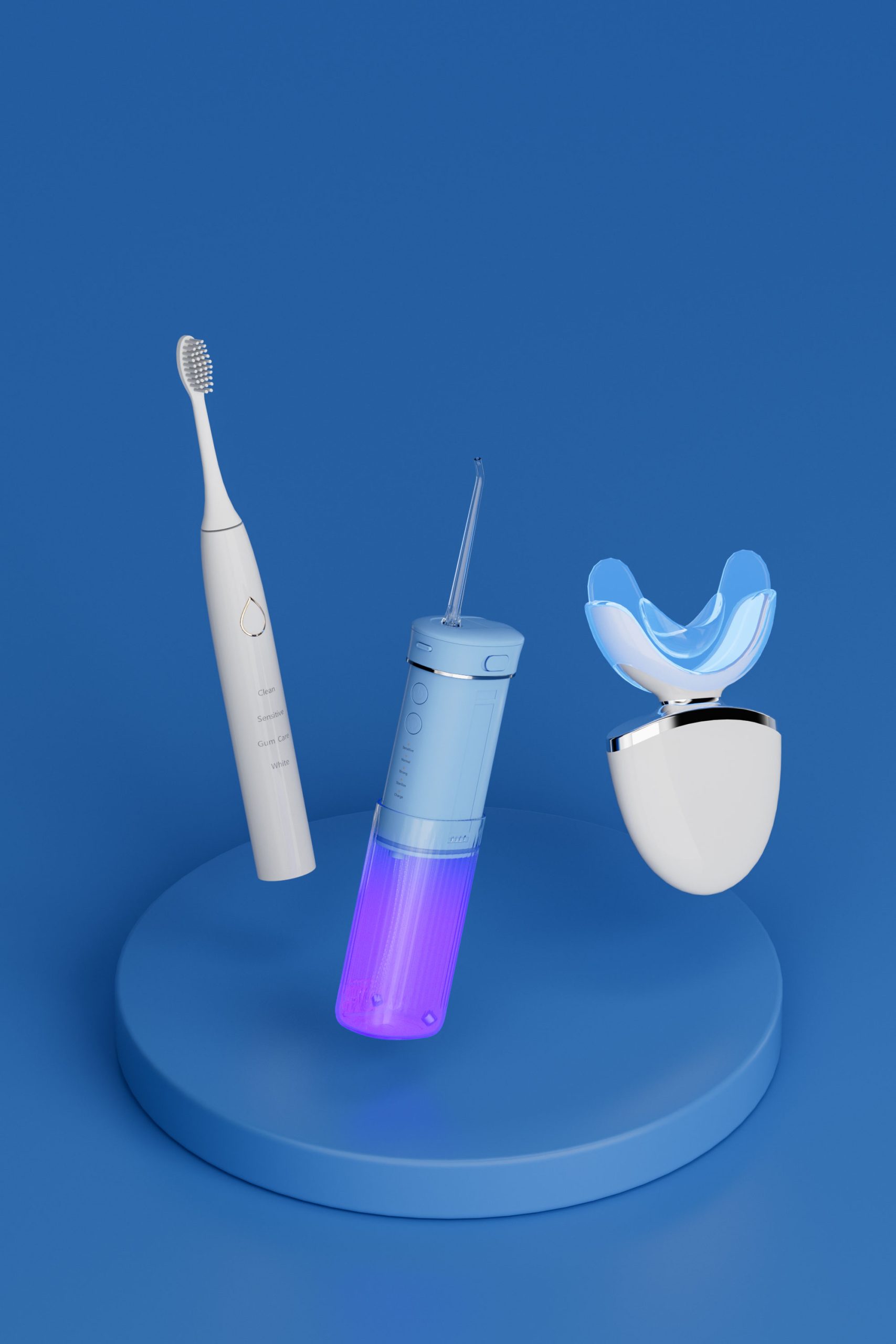
Moldy Water Flosser Tank? It Harms Users and Your Brand Reputation
Electric Toothbrush vs Manual – Benefits for Oral Health and Efficiency
-3-scaled-1.jpg)
What is the Strongest Hydrogen Peroxide Teeth Whitening Gel for Safe Use?
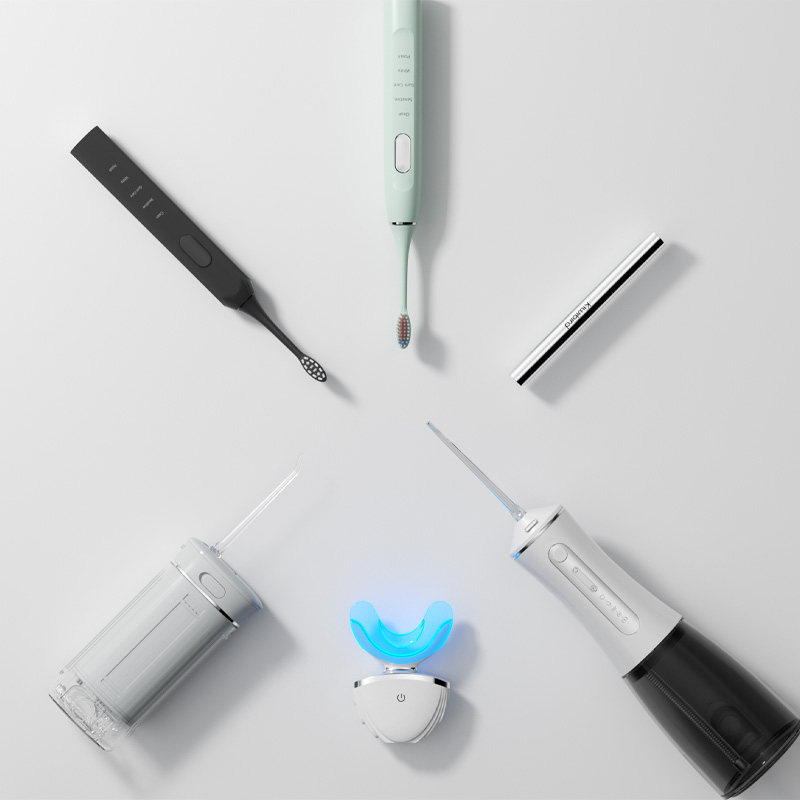
Does POWSMART Toothbrush Wholesale Order Involve Material Degradation?

Is 3% Hydrogen Peroxide Strong Enough to Whiten Teeth? An OEM Manufacturer’s Insight
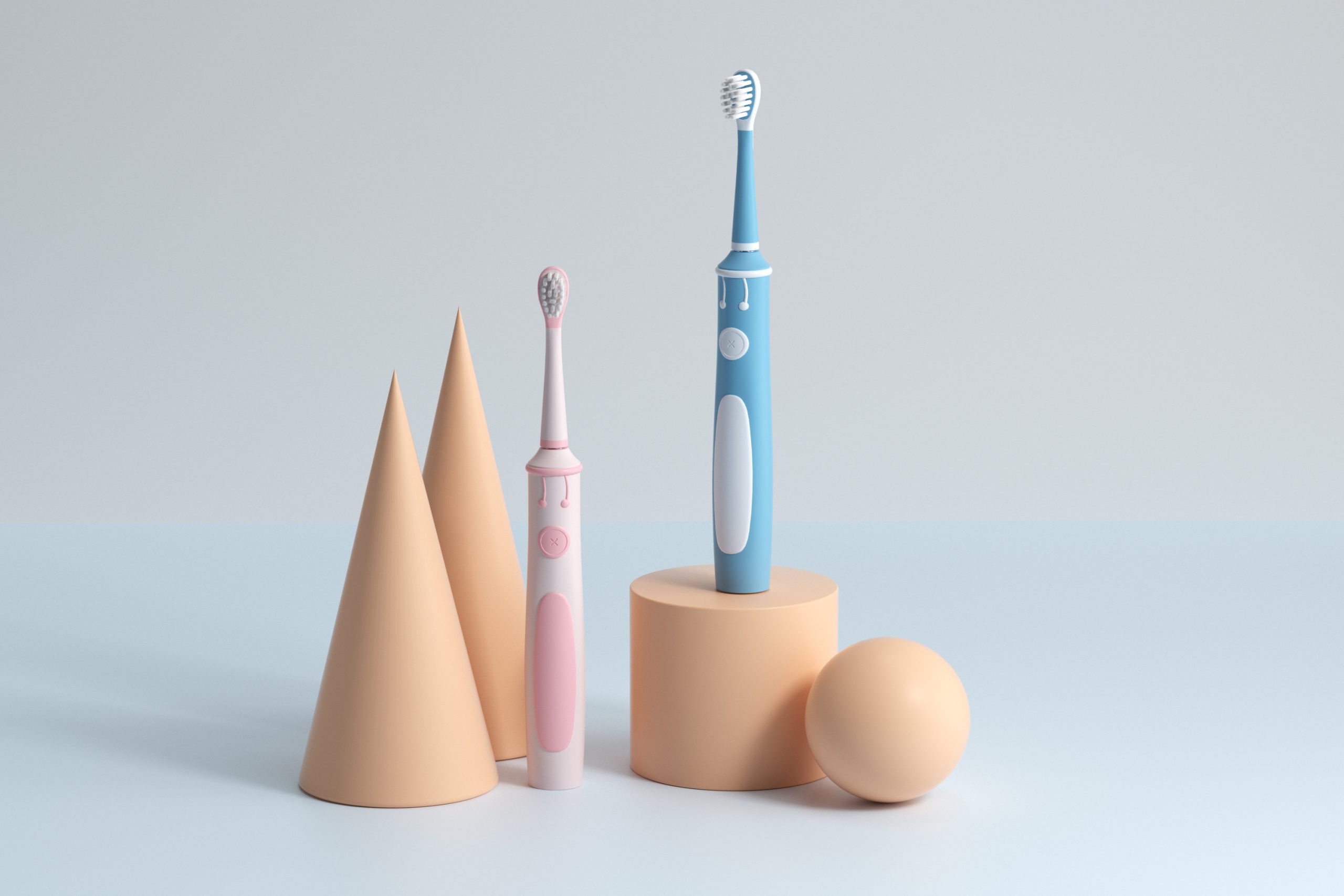
Travel-Friendly Smart Toothbrushes: Compact & Rechargeable Options

Electric toothbrush heads Charcoal Infused-Diamond

electric toothbrush heads Ultra Soft

Private Label Whitening Gel

Customization Teeth Whitening Gel

electric toothbrush heads Charcoal Infuse-Round
.jpg)
Florida Electric Toothbrush – Powsmart PTR-C8

electric toothbrush heads Regular Clean

electric toothbrush heads Deep Clean
whstapp
whstapp
National Toll-Free Service Hotline
+86 755 86238638